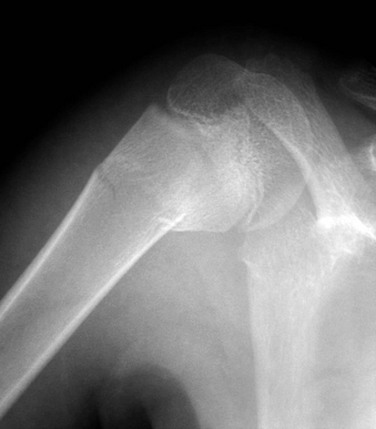


Greenstick fracture humerus manual#
Minor angulations in pediatric fractures do not require manual reduction because they are often compensated during remodeling and growth. In greenstick fractures, the bone bends and breaks like a green (young) stick. > 10 years: lateral view: 5–15° AP view: 0°.Diaphysis of the ulna (most common) or fibula.No disruption of the cortex or periosteum.Greater than acceptable angulation: closed reduction followed by immobilization with a cast.Acceptable angulation*: immobilization with a cast.Diaphysis of the radius, ulna, or fibula.Some degree of angulation is usually present.

Disruption of the cortex and periosteum on the side of tension ( convex side ) with an intact periosteum and cortex on the side of compression ( concave side).Immobilization with a splint or a cast for 3–4 weeks.Distal radius and/or ulna at the junction of the metaphysis and diaphysis.Mild or no angulation at the fracture site.Disruption of the cortex on the side of the compressive force ( concave side ), which appears as a bulge.If a person is doing better after 4 weeks, repeat X rays are not needed.Characteristics of incomplete fractures Removable splints result in better outcomes than casting in children with torus fractures of the distal radius. Projectional radiography is generally preferable. The fracture usually occurs in children and teens because their bones are flexible, unlike adults whose more brittle bones usually break. Non-accidental injury more commonly causes spiral (twisting) fractures but a blow on the forearm or shin could cause a greenstick fracture. Activities with a high risk of falling are risk factors. The greenstick fracture pattern occurs as a result of bending forces. This can be a very gradual chronic pain or pain from a specific injury. Symptoms include pain in the area and can start from overuse in that specific bone. Greenstick fractures are stable fractures as a part of the bone remains intact and unbroken so this type of fracture normally causes a bend to the injured part, rather than a distinct deformity, which is problematic. As per a standard fracture, the area may be swollen and either red or bruised. As these fractures are specifically a pediatric problem, an older child will be protective of the fractured part and babies may cry inconsolably. Some clinical features of a greenstick fracture are similar to those of a standard long bone fracture – greenstick fractures normally cause pain at the injured area. The name is by analogy with green (i.e., fresh) wood which similarly breaks on the outside when bent. Greenstick fractures occur most often during infancy and childhood when bones are soft. A greenstick fracture is a fracture in a young, soft bone in which the bone bends and breaks.


 0 kommentar(er)
0 kommentar(er)
